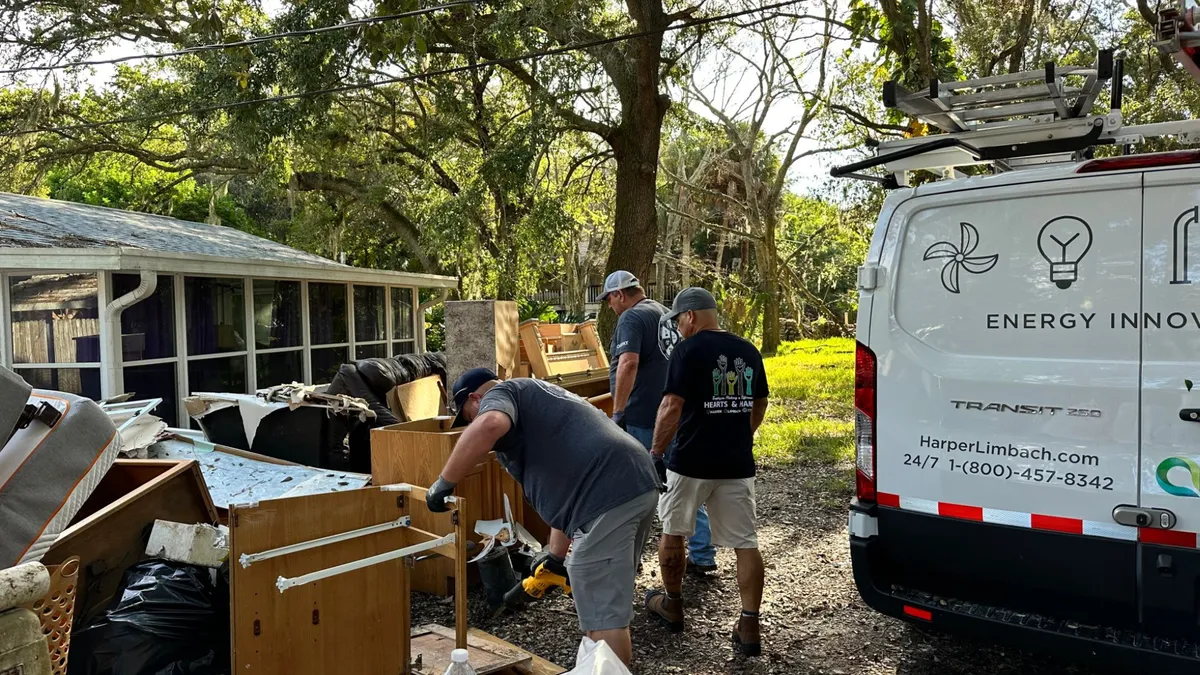HBO has a hit comedy show called Silicon Valley about the life of young workers in the tech business. But it’s a good bet there won’t be a similar look into the lives of young engineers in the workplace.
Over the last decade, engineering job candidates have been siphoned away from the chemical, process, mechanical, and industrial fields into what are seen to be the more exciting careers within tech, particularly software engineering and programming.
The lack of engineers is especially acute in the manufacturing space, where the shortage of applicants with a STEM (Science, Technology, Engineering and Math) education leaves 600,000 skilled jobs unfilled annually, according to a 2015 report from Deloitte. Also, the Institution of Engineering and Technology *IET) found that 69% of engineering employers recruiting graduates report a lack of available graduates.
Matt Rivera, vice president of marketing and communications at Yoh, a talent and outsourcing company, notes that America’s manufacturing sector will likely require an estimated 3.4 million workers over the next decade (2015–2025), citing a different Deloitte report that pointed to baby boomer retirements and economic expansion forecasts.
Clearly, employers looking to cultivate the next generation of engineers and fill those jobs must be willing to step outside their comfort zone, Rivera says.
“We’ve been in the business of recruiting engineering professionals for decades,” Rivera says. “And as the industry has changed, our recruiters have changed the way we source and procure talent in an industry that isn’t exactly bursting at the seams with candidates.”
He explains that the resurgence of the U.S. industrial economy means mature industries must adjust their approach to talent. With mechanical, process, and other engineers in short supply, a more proactive approach to building talent pools as well as an experienced contingent labor partner will help employers build the future of American industry.
“The traditional approaches to recruiting in the 21st Century – whether the industry is engineering, healthcare, or otherwise – need to be updated to capture today’s candidate profile,” he says, adding that hiring managers and recruiters are finding fewer and fewer candidates have the same experience they had in years past.
However, the experience they do have is more diverse and advanced among younger candidates than it has ever been, he says. In many instances, college grads are getting better experiences in summer internships that many had in their first jobs years ago.
Rivera offers employers a few tips on how to source that elusive engineering talent.
Scout second-tier engineering schools
Employers don’t have to join the crowds clamoring for first dibs on the engineering talent graduating from MIT, Stanford and Michigan, for example. Instead, Rivera suggests checking out a number of second-tier universities like Lehigh, Widener and the University of Delaware, which all develop exceptional young engineers who are as technically proficient but not pursued as relentlessly as graduates of top schools.
“The competition among colleges to attract more students has been a boon to the engineering industry,” he says. “Competition for high-quality educators and instructors, even at the community college level, has led to better candidates than ever before. Where a candidate acquired a degree is mattering less and less than the experience they’ve gained while studying for that degree.”
Post projects, not job opportunities
Rivera says Ph.D.-caliber engineers are attracted to signature, iconic projects that will stand up over time. It’s one main reason why NASA is the most attractive employer in the eyes of engineering students. But even earth-bound employers can raise their stature by emphasizing larger opportunities inherent in major projects in order to draw the talent that can help meet challenges on the horizon.
“Younger candidates today want to know what they’ll be working on at a company before they even start,” he says. By detailing what projects candidates will be working on during outreach, employers are more likely to identify candidates who fit the ideal profile and are truly interested in the work, not just a job. “This will lead to lower turnover and more satisfied employees over the long term.”
Broaden your reach
An employer must find a workforce management firm that not only delivers technical talent exactly when it’s needed, but keeps engineers engaged through project work.
“At Yoh, many of our contingent engineers have worked with us for 20 years or more,” he says, noting that that type of longevity and experience is tough to find, especially on a contingent basis. And yet short-term projects comprise many engineering assignments in mature industries.
“By working with a firm who has an arsenal of talent in its back pocket from working with candidates who they know closely, employers will be better prepared for unexpected needs or a last-second hire,” Rivera says. “Recruiting firms no longer can afford to hire a candidate, place them with a company and say goodbye forever. It’s critical to keep them engaged throughout the project and beyond, especially in today’s thinning engineering talent market.”





















